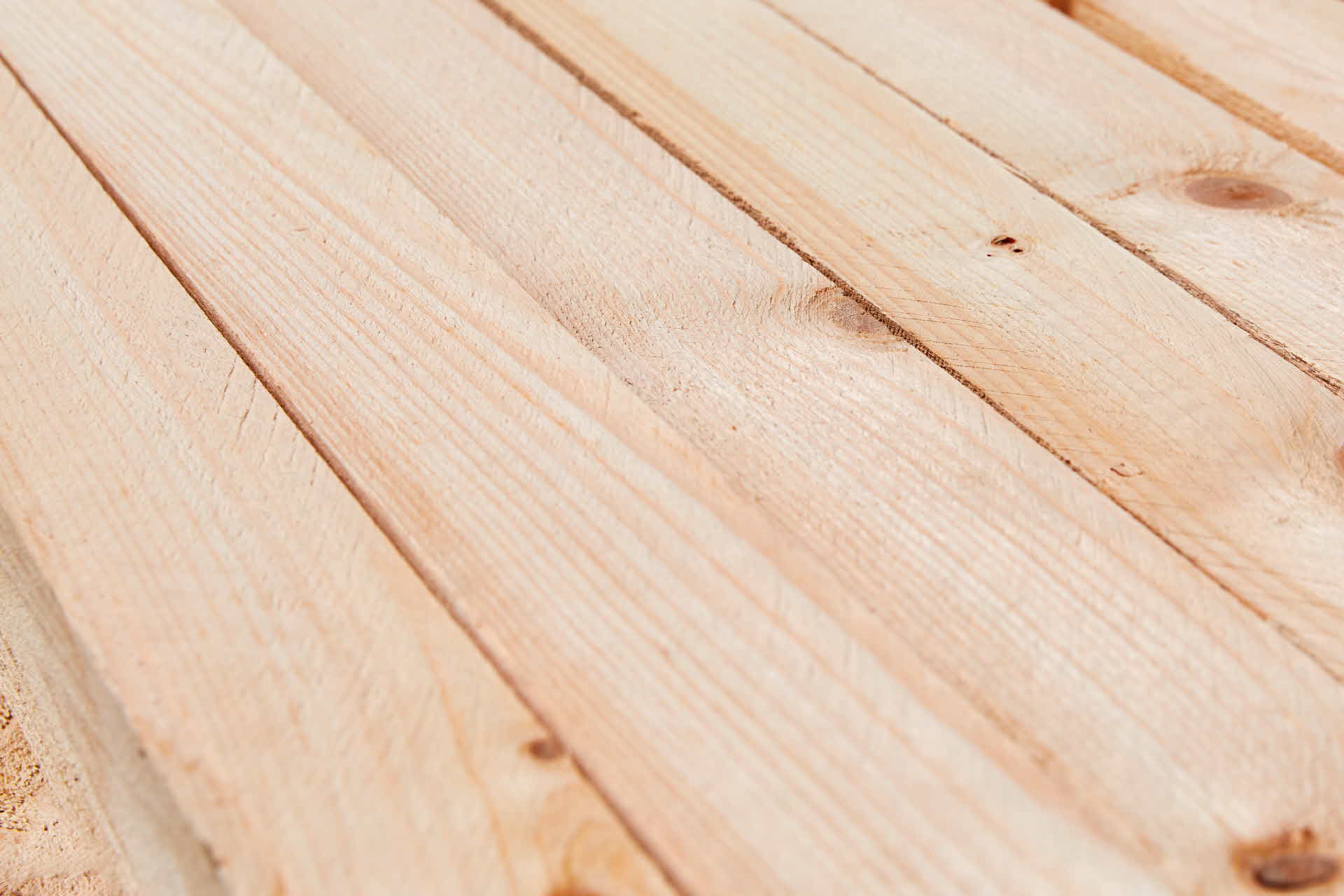
- WOOD
- OUR WOOD PRODUCTS
- SAWN WOOD
- NEW TREE SPECIES, NEW OPPORTUNITIES
New tree species, new opportunities
- News
- Wood products
When the North American contorta pine was first planted in Sweden in the 1970s, it was with a clear objective in mind: to restore balance to forest stocks as quickly as possible, thus ensuring the long-term availability of raw materials. Today, just over 50 years later, SCA is ready to introduce this new tree species to the market and begin large-scale production of sawn timber products in Lodgepole pine.
A though the contorta pine has long been one of the most common and most popular tree species on the other side of the Atlantic, only now is the Swedish stock reaching a harvestable age, marking the end of one chapter and the beginning of another. Having experimented, tested and built up a knowledge bank in anticipation of larger volumes of mature timber, everything is now in place to start scaling up the production of sawn timber products from contorta pine.
“We have been test-sawing contorta pine during the spring and we are increasingly confident that we have identified – and of course will continue to identify – product segments that can maximize the total value of the raw material. Thus far we have focused on products such as packaging, studs and laminates for the Japanese market, as these segments are in balance with the volumes we intend to produce and suited to contorta; however, there are guaranteed to be additional opportunities in the long term,” says project manager Alexander Åhréus of the Gällö Sawmill.
More opportunities in the long term
One unique attribute of contorta pine is its rapid growth rate. The contorta pine reaches harvestable age 40 per cent faster than the Swedish pine, something that also gives the species a number of unique properties from a product viewpoint.
“The growth rate of the contorta pine means that the distance between branch whorls is much longer than on Swedish pine, and that the percentage of sound knots is higher. We are absolutely convinced that contorta pine will eventually take its place in meeting demand for knot-free components and sound glue lines, such as when manufacturing mouldings and for the joinery and furniture industries,” says Alexander.
“Thanks to the high percentage of sound knots, we have also seen good test results when heat-treating contorta, something we’re very excited about. If a little further down the line this allows us to manufacture rot-resistant products in a climate-smart manner, then it is not out of the question that we will eventually be able to use contorta pine for decking or cladding.”
Additional uptake of 800,00 tonnes of carbon dioxide per yer
Contorta pine is currently planted on 15 per cent of SCA’s productive forest holdings, equating to approximately 300,000 hectares and just over half of all contorta pine in Sweden. Thanks to the species’ rapid growth, this represents an additional annual uptake of atmospheric carbon dioxide of approximately 800,000 tonnes.
“Now that we can begin sawing contorta pine and eventually manufacture more timber products that, like any wooden structure, bind carbon dioxide, we can contribute to ensuring that an even larger percentage of the carbon dioxide captured by trees remains stored after they are felled,” concludes Alexander.
As the stock continues to grow and new products are developed, the ambition now is to scale up production over the next five years to 200,000 cubic metres of saw timber products.